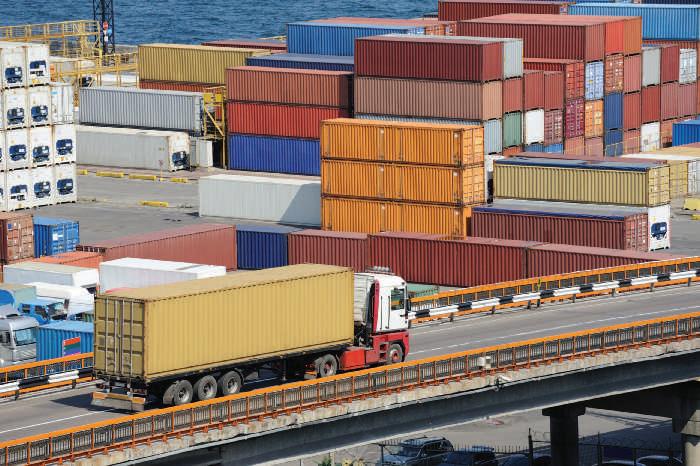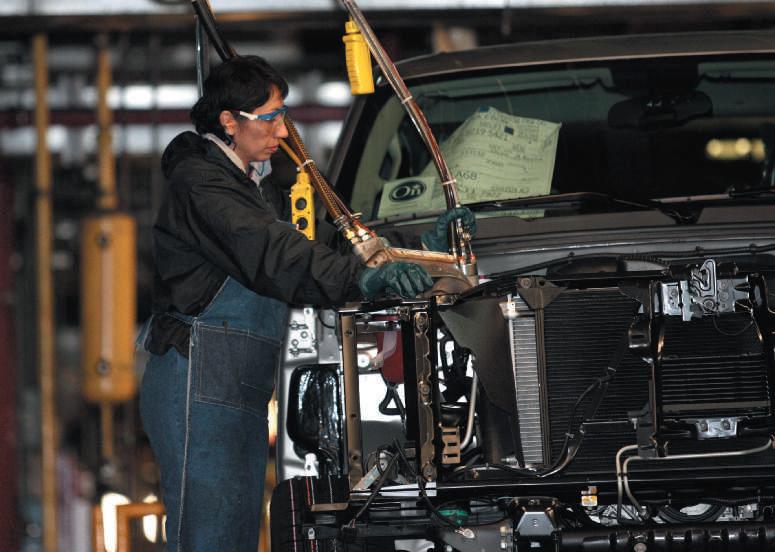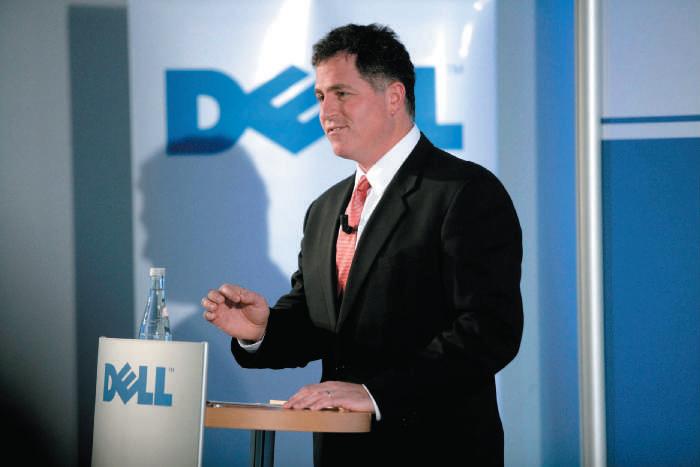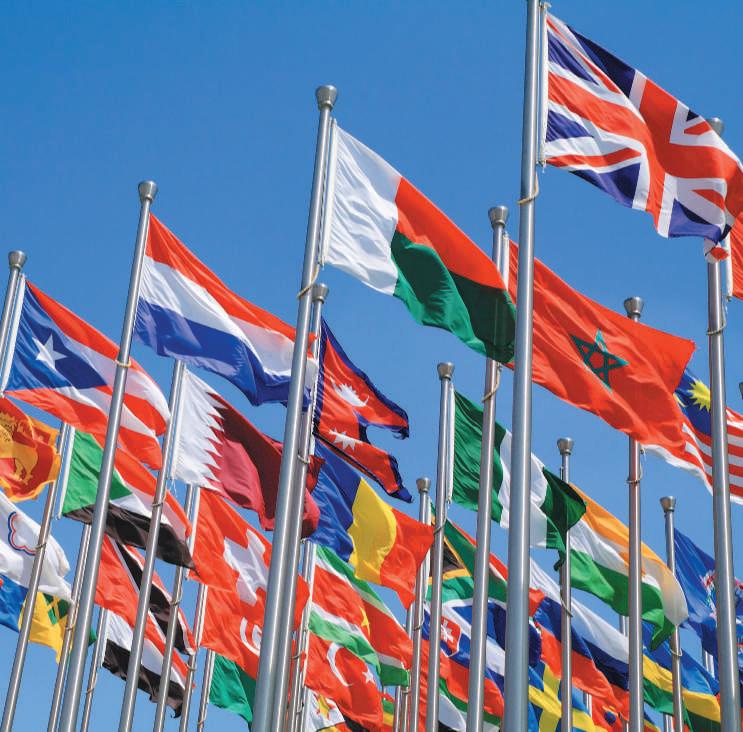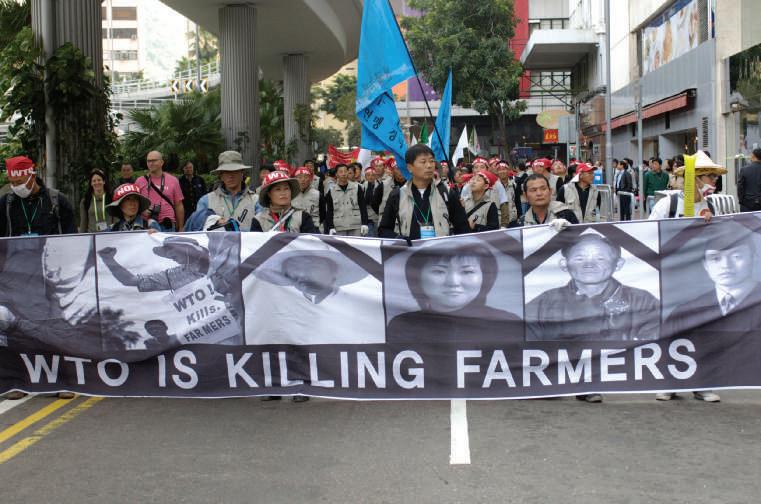206
C h a p t e r 8 E n t r y S t r a t e g ies in Glo b a l B u siness
8-3b-(i) Economies of Scale in Production Most manufacturing operations exhibit economies of scale in production, meaning that as a firm continues to increase output, the average cost per unit will decrease until it reaches an optimum level because the firm will be using its fixed assets (plant and machinery) most efficiently. This implies that for a given sales price, unit profit (profit margin) will continue to rise until production reaches that optimum level and economies of scale are achieved. In the 1890s, Britain’s Lever Brothers found that it could achieve economies of scale in production by entering into both America’s and India’s huge soap and detergent markets. Similarly, Procter & Gamble of the United States entered the Chinese market in the 1980s to take advantage of economies of scale in production there. Hence, if the target foreign market is large, MNEs may decide upon the basis of economies of scale to use FDI as a mode of entry to that market—and potentially export from there as well. 8-3b-(ii) Minimizing Factor Input Cost The unit cost of factors of production (i.e., land, labor, capital, and technology) vary from country to country because of factor endowments and productivity. A country, such as Brazil, is rich in agricultural and mineral resources and also has relatively inexpensive productive labor. For these reasons, Brazil is one of the world’s lowest cost producers of ethanol and soybeans. Japanese corporations have heavily invested in Brazil to lease large tracts of land to grow soybeans for export to Japan, where they are used to derive products like tofu (soybean curd), soy sauce, soy milk, soybean oil, and chicken feed. Similarly, U.S. MNEs, such as General Motors and Walmart, have heavily invested in China to take advantage of that country’s lower-cost productive labor in manufacturing; General Electric, IBM, Microsoft, and others have heavily invested in India to use that country’s productive, low cost, English-speaking educated labor for service sector jobs. 8-3b-(iii) Reacting to Exchange Rate Movements When the currency of a particular country is expected to strengthen over time, FDI may flow into that country to buy assets like plant and equipment at current, relatively inexpensive prices. This way, when profits are generated in future years, the MNEs that had made the initial investment will receive higher income when those profits are converted into home currency. For example, U.S. corporations have been pouring investments into China to build manufacturing facilities to produce goods for the local and export markets. Since economists expect the Chinese yuan to appreciate against the dollar in the future, the forthcoming Chinese yuan profits of U.S. MNEs when converted to U.S. dollars will be high. If this happens as expected, the U.S. firm and their investors will be handsomely rewarded.
8-3c Risk Minimizing Strategies Another way for MNEs to maximize profits apart from maximizing revenues and minimizing costs is to minimize risk. A key approach to minimizing risk is through diversification abroad. The following text will first discuss in detail what diversification means, and then describe two important ways that MNEs could identify the approach to global diversification. 8-3c-(i) Diversification A major reason why MNEs establish operations abroad is to diversify and minimize risk so that global corporate cash flows and earnings will be relatively stable. Growth-oriented or forward-looking MNEs generally do not want to have all their investments in the local or domestic market. They do not want to put “all their eggs in the domestic basket.” They would like to invest overseas because all countries do not grow at the same rate, nor do they follow the same business cycle. Thus, companies want to diversify so that when there is an economic downturn at home, the economies of foreign countries where investment has been made (e.g., China, India, Brazil, Indonesia, and South Africa) may do well. This way, the aggregate profits that the company generates worldwide would be stable. Copyright 2017 Cengage Learning. All Rights Reserved. May not be copied, scanned, or duplicated, in whole or in part. Due to electronic rights, some third party content may be suppressed from the eBook and/or eChapter(s). Editorial review has deemed that any suppressed content does not materially affect the overall learning experience. Cengage Learning reserves the right to remove additional content at any time if subsequent rights restrictions require it.









